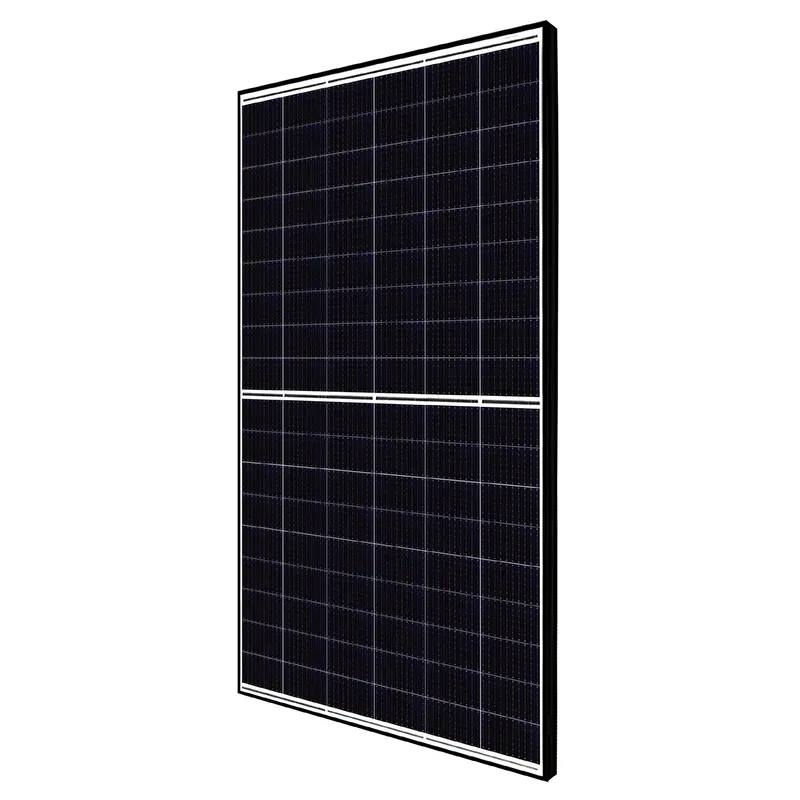calculate the solar panel size in watt
Calculating the Solar Panel Size in Watts A Comprehensive Guide
In today’s environmentally conscious world, harnessing solar energy is becoming an increasingly popular choice for both residential and commercial energy needs. The key to a successful solar energy system lies not only in the choice of solar panels but also in understanding the correct size of the solar panel system required to meet specific energy needs. This article will guide you through the process of calculating the solar panel size in watts, enabling you to make informed decisions about your solar energy investment.
Understanding Your Energy Needs
The first step in calculating the size of your solar panel system is to determine your energy needs. This typically involves reviewing your electricity bills to ascertain your average monthly energy consumption, expressed in kilowatt-hours (kWh). For instance, if your monthly electricity average is 900 kWh, your daily consumption would be
\[ \text{Daily Consumption} = \frac{900 \text{ kWh}}{30 \text{ days}} = 30 \text{ kWh} \]
It’s essential to calculate based on your actual usage, as overestimating can result in unnecessary costs, while underestimating could lead to insufficient energy supply.
Sunlight Exposure
Next, it’s crucial to consider the amount of sunlight your location receives. This is often referred to as peak sunlight hours (PSH). Depending on your geographic location, peak sunlight hours can vary. For instance, a sunny location like Phoenix, Arizona, may receive around 6 to 7 hours of peak sunlight per day, while a cloudier area like Seattle may only receive about 4 to 5 hours.
To find out the average daily PSH in your area, you can refer to solar resource maps or consult with local solar energy companies.
Calculating Required Solar Panel Size
Once you have your average daily energy consumption and the number of peak sunlight hours, you can calculate the total wattage needed from your solar panel system. The formula to determine the size of your solar panel system in watts is
calculate the solar panel size in watt

\[ \text{System Size (W)} = \frac{\text{Daily Energy Consumption (Wh)}}{\text{Peak Sunlight Hours (h)}} \]
Continuing with the examples provided, if you consume 30 kWh daily, that translates to 30,000 Wh (since 1 kWh = 1,000 Wh)
\[ \text{System Size} = \frac{30,000 \text{ Wh}}{5 \text{ h}} \approx 6,000 \text{ W} \]
This means you would need a solar panel system with a capacity of approximately 6,000 watts, or 6 kW, to meet your energy demands under average conditions.
Accounting for System Losses
While the calculation provides a basic estimate, it’s crucial to account for system inefficiencies. Several factors can reduce the actual output of the solar panels, including shading, angle of installation, temperature, and inverter efficiency. A common estimate for system losses is between 10% to 20%. Therefore, it’s prudent to adjust your required wattage accordingly.
To account for a 15% loss, you would modify your calculation like this
\[ \text{Adjusted Size} = \frac{6,000 \text{ W}}{1 - 0.15} \approx 7,059 \text{ W} \]
This means you would need approximately 7.1 kW of solar power capacity to adequately meet your energy needs.
Conclusion
Calculating the size of a solar panel system is a fundamental step in ensuring that you harness enough solar energy to meet your consumption needs. By understanding your energy usage, considering peak sunlight hours, and accounting for system losses, you can make an informed decision about the solar panel size in watts for your installation. If you’re unsure of any calculations or specifics related to your situation, consider consulting a professional solar installer who can provide tailored advice and services. Transitioning to solar energy is a significant investment, but with the right information and planning, it can offer substantial long-term savings and environmental benefits.
-
String Solar Inverter: The High-Efficiency Solution for Smart Solar EnergyNewsJul.14,2025
-
Revolutionizing Rooftop Energy with the Power of the Micro Solar InverterNewsJul.14,2025
-
Power Independence with Smart Off Grid Solar Inverter SolutionsNewsJul.14,2025
-
On Grid Solar Inverter: Powering the Future with Smart Grid IntegrationNewsJul.14,2025
-
Monocrystalline Solar Panels: High-Efficiency Power for the Future of Clean EnergyNewsJul.14,2025
-
Bifacial Solar Panel: A Smarter Investment for Next-Generation Energy SystemsNewsJul.14,2025







